Your Cart is Empty
Bergetools - Your shop for 4x4 off-road accessories - suitable for your vehicle and your projects
Bergetools - Your shop for 4x4 off-road accessories - suitable for your vehicle and your projects
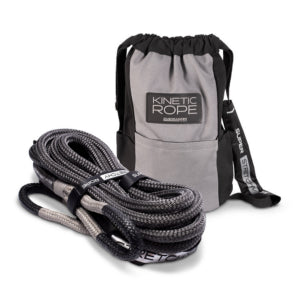

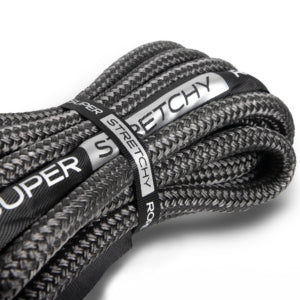
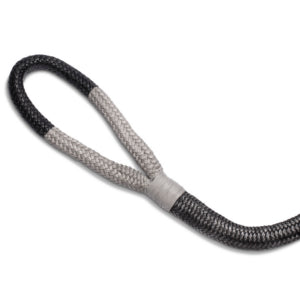

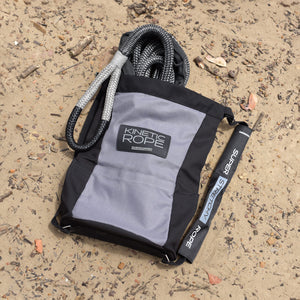
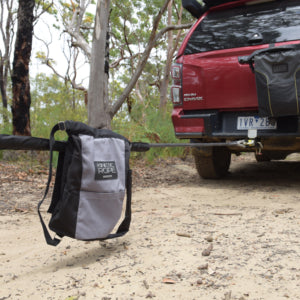
Maxtrax Kinetic Rope 5 m, 12 t breaking load
The MAXTRAX KINETIC ROPES are, as the name suggests, designed as a kinetic element during vehicle recovery. The MAXTRAX KINETIC ROPES produce increased kinetic force compared to flat snatch straps, with up to 30% STRETCH, ensuring a smoother and safer recovery.
Please also note our safety and warning instructions for kinetic rescue!
Breaking load (BL): 12 t -> Fastening with Maxtrax Core Shackle 14t BL or Liros Offroad Soft Shackle 20t BL recommended!
DANGER! When choosing this rope, it must be ensured that the off-road rescue eyes and the soft shackles have a higher breaking load than the 9.5 t BL of the rope! There is a danger to life if the rescue eyes or the soft shackles cannot withstand the load! Under no circumstances should you attach kinetic cables to the standard towing eyes or the ball head of the hitch.
Length: 5m
Diameter: 24mm
Elongation: 30% at shock load
Material: Nylon66 and polyester
Color: gray, ends orange/black
Weight: 2.5kg
In any case, please also note our other safety and application instructions for kinetic rescue!
New Releases. Very good first impression. Very high quality material and very good workmanship.
Which length is most suitable depends on the area of application:
5 m - narrow, short, winding passages
10 m - for use in the desert, on the beach
You can also extend kinetic ropes, but then make sure that the extension ropes/belts have a significantly higher breaking load than the rope!
KINETIC RECOVERY HARNESS/KINETIC RECOVERY ROPE
If a vehicle has gotten stuck in mud, deep mud, a water hole, snow or sand, then a kinetic recovery rope, known in English as a snatch strap, is usually the easiest and fastest recovery solution if there is a second vehicle and it is on a grippy surface underground stands. Even if the rescue using a cable winch is not successful because the winching vehicle moves instead of the vehicle to be rescued due to a lack of stable grip, a kinetic rescue rope is usually the solution. Without elasticity, there is an enormous point load at the recovery points and the risk of damage is very high. However, the anchor points on the vehicle must also be able to withstand the stress of a kinetic rescue - see warning. The use of soft shackles is mandatory when rescuing with kinetic ropes or belts. As long as there are suitable attachment points for soft shackles (no sharp edges) on the vehicles and the breaking loads of the recovery material used match the respective vehicle weight, we strongly advise against using steel shackles when recovering with kinetic ropes or belts for safety reasons!
Kinetic ropes are also perfect for towing a vehicle that is no longer roadworthy off-road. In contrast to off-road recovery, standard eyelets are also OK when purely towing